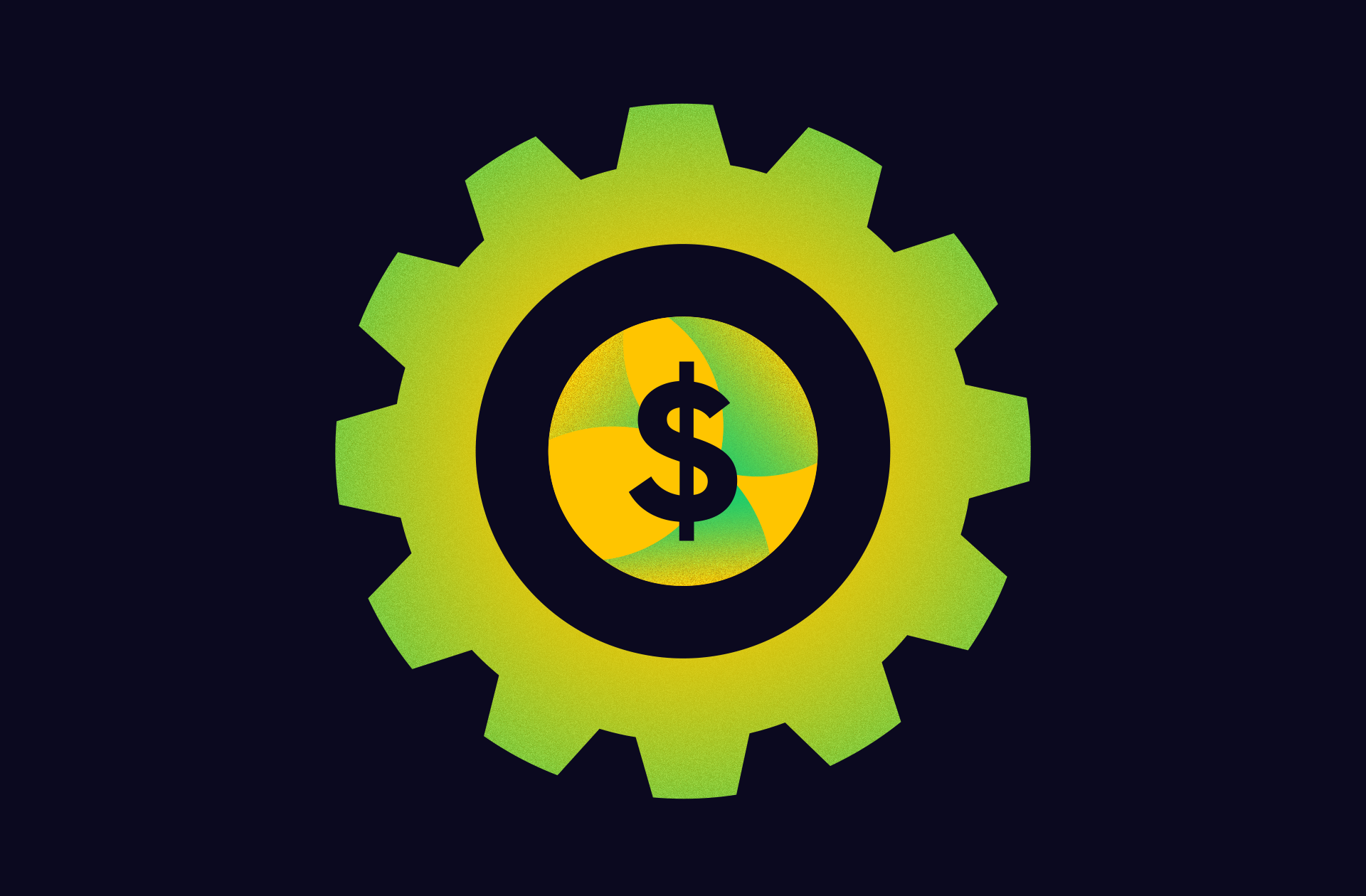Motion graphics are a fantastic visual communication tool, but they take more work and expertise to make than static content. To make a good motion graphic, you need the right elements—aka creators and skills. We’ve made plenty of motion graphics (and a few mistakes along the way), so we’ve learned a lot about the crucial things that will make or break both your final product and the process along the way.
7 Keys to a Great Motion Graphic
To help you avoid those mistakes, we’re sharing the 7 things you need to make a really successful motion graphic, from start to finish. Some are roles, some are skills, and some are useful tips. No matter your team size, these are helpful reminders to make sure you have all aspects of production covered.
1) An Organized Project Manager
Motion graphics require a lot. There are many stages, lots of moving parts, and strict timelines. If someone drops the ball, that’s time and money down the drain. You need a project manager or producer to wrangle it all and guide the ship. They craft the brief, manage the production schedule, maintain deadlines, get content creators the resources they need, coordinate teams, get stakeholder feedback, and do whatever needs to be done to make sure things go smoothly. Most importantly, they ensure that all work is in service of the project goal.
2) A Great Script
Good motion graphics tell a compelling story, and that usually starts with a strong script. Even if you’re producing a 30-second spot, you still need a wordsmith to craft the story. Different rules apply when writing a script for a motion graphic. That includes things like story structure, word count, pacing, and word choice, so make sure your scriptwriter understands these requirements.
3) A Clean Copyedit
No matter how simple your motion graphic, you need someone to give the script an edit pass—the final motion graphic, too. (We learned this early on.) This is especially important if you’ll be animating kinetic text or other elements that might risk a typo. A missing word, misspelled name, or incorrect tagline is time-consuming and expensive to correct. Save yourself the headache.
4) A+ Art Direction
Motion graphics are exciting because they give designers an opportunity to really flex their skills. But you need to establish parameters for design to experiment within. Visuals need to track with the story, style, brand, and, most importantly, the project goal. This generally requires an AD with a skillful eye, someone who can shape the overall look and feel of the work, including animation and design.
5) Great Design
Motion graphics are their own monster, so design decisions (like motion scripts) are influenced by the medium. Great design communicates the story, emotionally engages the viewer, and delivers the right message. Designers should be well-versed in the ins and outs of visual communication, data visualization, and motion design.
6) Seamless Animation
Motion graphics are all about movement—duh. But there’s nothing that screams “amateur” more than choppy animation. (Translation: This is not the time to have a noob try to “figure it out.”) Always go with a pro who knows what they’re doing.
7) A Distribution Strategy
Motion graphics take a lot of work, so they deserve to be seen. Before you even start storyboarding, you should know your distribution plan, especially since this can influence design decisions (e.g., your motion graphic might be tailored to a Facebook audience or the length of an Instagram video).
3 Tips to Collaborate with Your Motion Graphic Team
When you have a lot of moving parts, there’s a lot to manage. Keep these tips in mind to make sure your creative team makes the best motion graphic possible—together.
- Brief everyone. Even if someone is coming in to help with a specific aspect—say, storyboards—they still need to know what the project goal is. This will influence how they approach their work and might even result in some better suggestions.
- Get sign-off at every stage. To make sure things go as smoothly as possible, have stakeholders sign-off on the creative at every stage. That way there are no big surprises when they see the final product.
- Share ideas early and often. Great creative collaboration is a beautiful thing. You all share the same goal: to make great creative work. Therefore, everyone should be invested in the creative process. You certainly don’t want to step on toes, but we find that a healthy conversation—even debate—often results in better work.
If you want more tips on how to create great motion graphics, here are a few posts that might help:
- Find out how to make compelling motion graphics in 4 steps.
- Try these tips to write an airtight motion graphic script.
- Get inspiration from these 6 cutting-edge motion graphics.
- Use these 8 tactics to get more views for your motion graphics.
If you need a little help, let’s chat about your project.







As a Motion Graphic Designer you would like to be ready to bring 2D elements to life through movement. To do this you must use animation, animation in motion graphics is quite just setting a couple of key frames. you would possibly have the best design, but if it’s not animated well it can make your motion design piece fall flat.